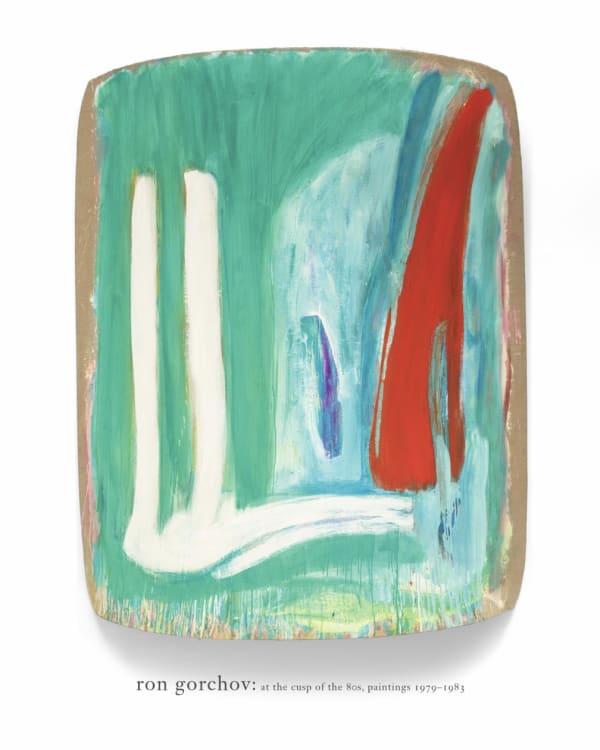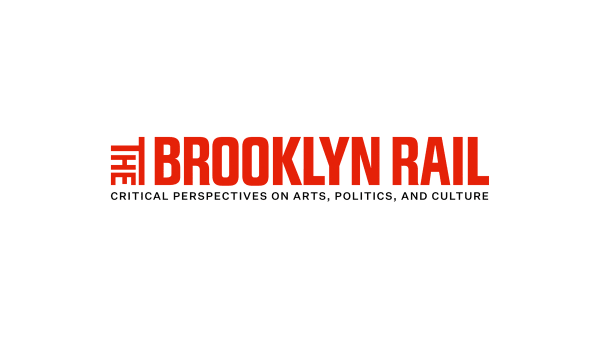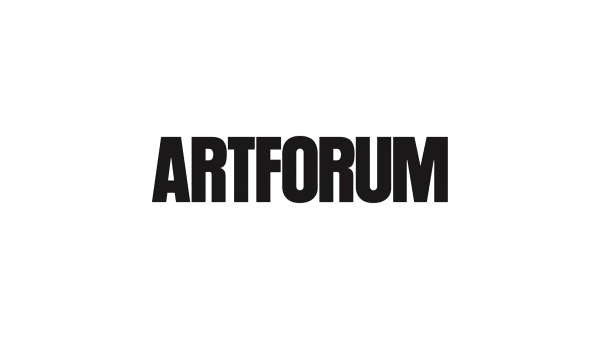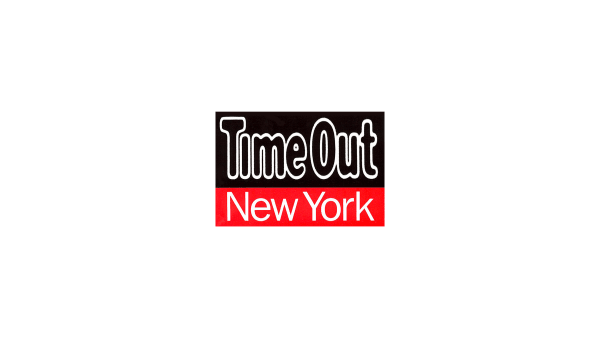Ron Gorchov: At the cusp of the 80s, paintings 1979–1983
-
Overview
Cheim & Read is pleased to announce the inaugural exhibition of its new East 67th Street location, Ron Gorchov: at the cusp of the 80s, paintings 1979–1983. It will open on September 26, 2019, and run through November 16, accompanied by a catalogue with an essay by Thomas Micchelli. This is the artist’s third solo show with the gallery.
The new exhibition will feature rarely seen works that Gorchov made more than a decade after he developed his unique method of working on a curved surface, which he began in 1966 and brought to fruition the following year with his first “saddle” paintings, a format he has continued to explore ever since.
By the close of the 1970s, Gorchov’s work had already been included in the Whitney Museum’s survey exhibition, Young America 1960: Thirty American Painters Under Thirty-Six, and in two of its biennials, in 1975 and 1977, the year that Morris Kearse published a feature story on the artist in Artforum about his work.
“When in the 1960s the validity and future of painting were called into question,” Kearse wrote, “Gorchov set out to resolve the uncertainty in his own way.” His use of the shaped canvas “argues, as it were, with flatness,” and while he “does not use paint as an illusory artifice, […] neither does he attempt to conceal allusions to depth implied by the multiple layers in his work.”
Kearse suggests that these developments are “anti-modernist,” though today they are recognized as the first steps toward postmodernism.Their expressions of complexity and ambiguity also convey the impulse that led Gorchov twenty years earlier to seek out the maverick artist John Graham and, in the late 1970s, to detour his work from the path to purity forged by Minimalism and Conceptualism.
Likened to shields or masks, the artist’s shaped canvases have in the past been labeled “primitive,” a generalization that overlooks the cultural mediation that Gorchov brought to these works, much in the same way that Paul Gauguin mediated the indigenous culture of Tahiti through a lens of European art in general and Post-Impressionism in particular.
On the cusp of the 1980s, as the societal, political, and historical pressures on Formalism were reaching a breaking point, Gorchov’s paintings retained the ability to look both forward and backward in time. The aggressive materiality and jagged imagery of his curved constructions in paint, canvas, and wood evoke the craggy impastos of Clyfford Still, while his insistence on going his own way affirmed the multifarious possibilities for painting, which were taken up by such unclassifiable artists as Elizabeth Murray and by Neo-Expressionists like Julian Schnabel and Enzo Cucchi.
The paintings in this new exhibition were made before Gorchov became a 21st-century artist, but their deep ties to the generation of artists who redefined abstraction in the 1950s gave him the conceptual tools to redefine abstraction once more.
Born in Chicago in 1930, Ron Gorchov has lived and worked in New York City since the early 1950s. Following his debut solo exhibition at New York’s Tibor de Nagy Gallery in 1960, Gorchov has exhibited at the Museum of Modern Art, the Whitney Museum of American Art, MoMA PS1, the Queens Museum of Art, the New Museum of Contemporary Art, and Centro Atlántico de Arte Moderno, among other institutions.
-
Selected Works
-
Publications
-
News
-
Artists















